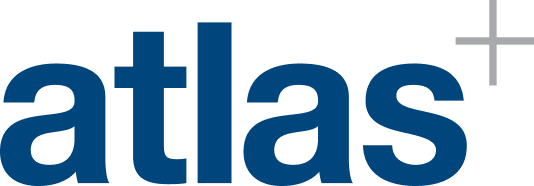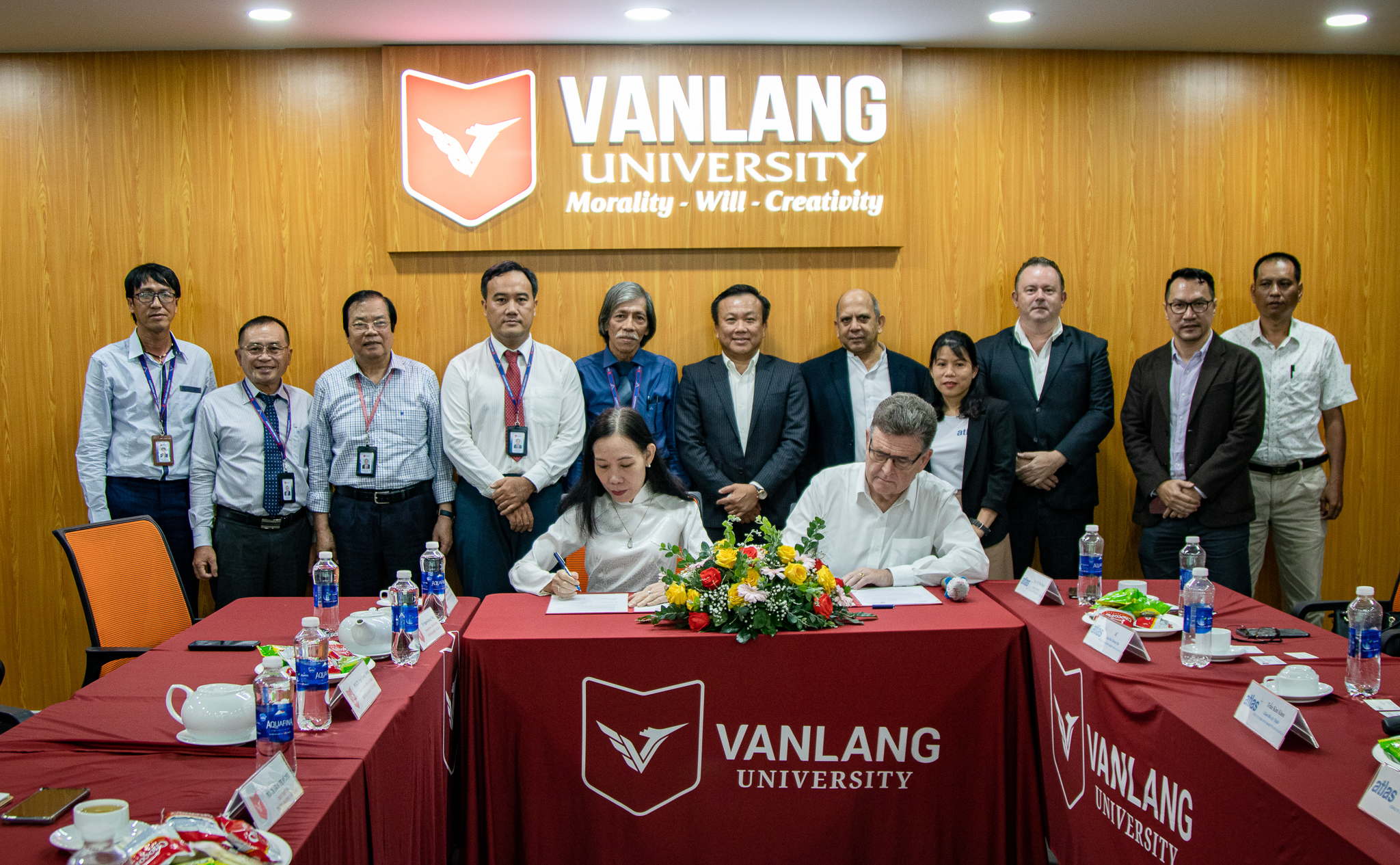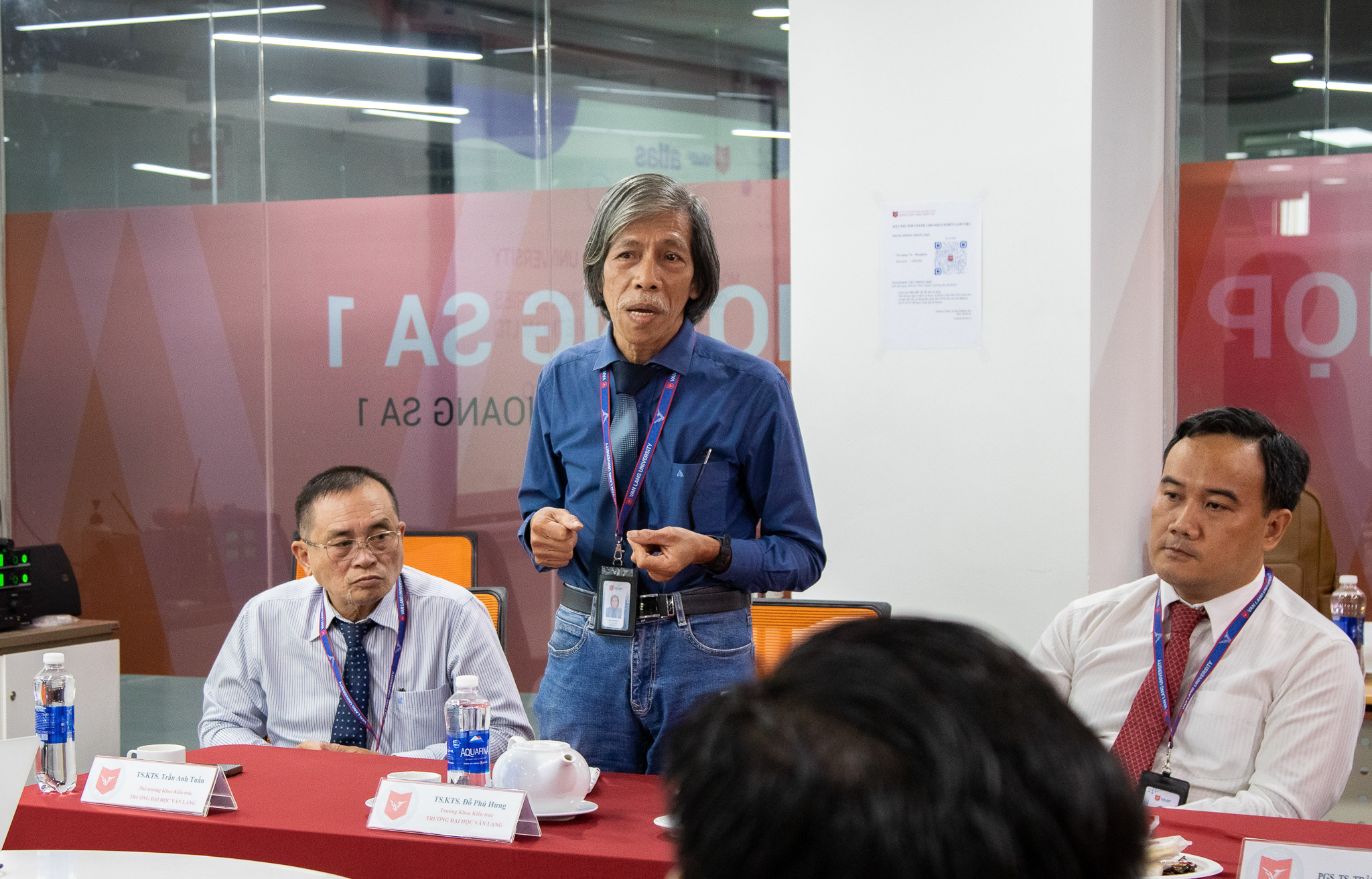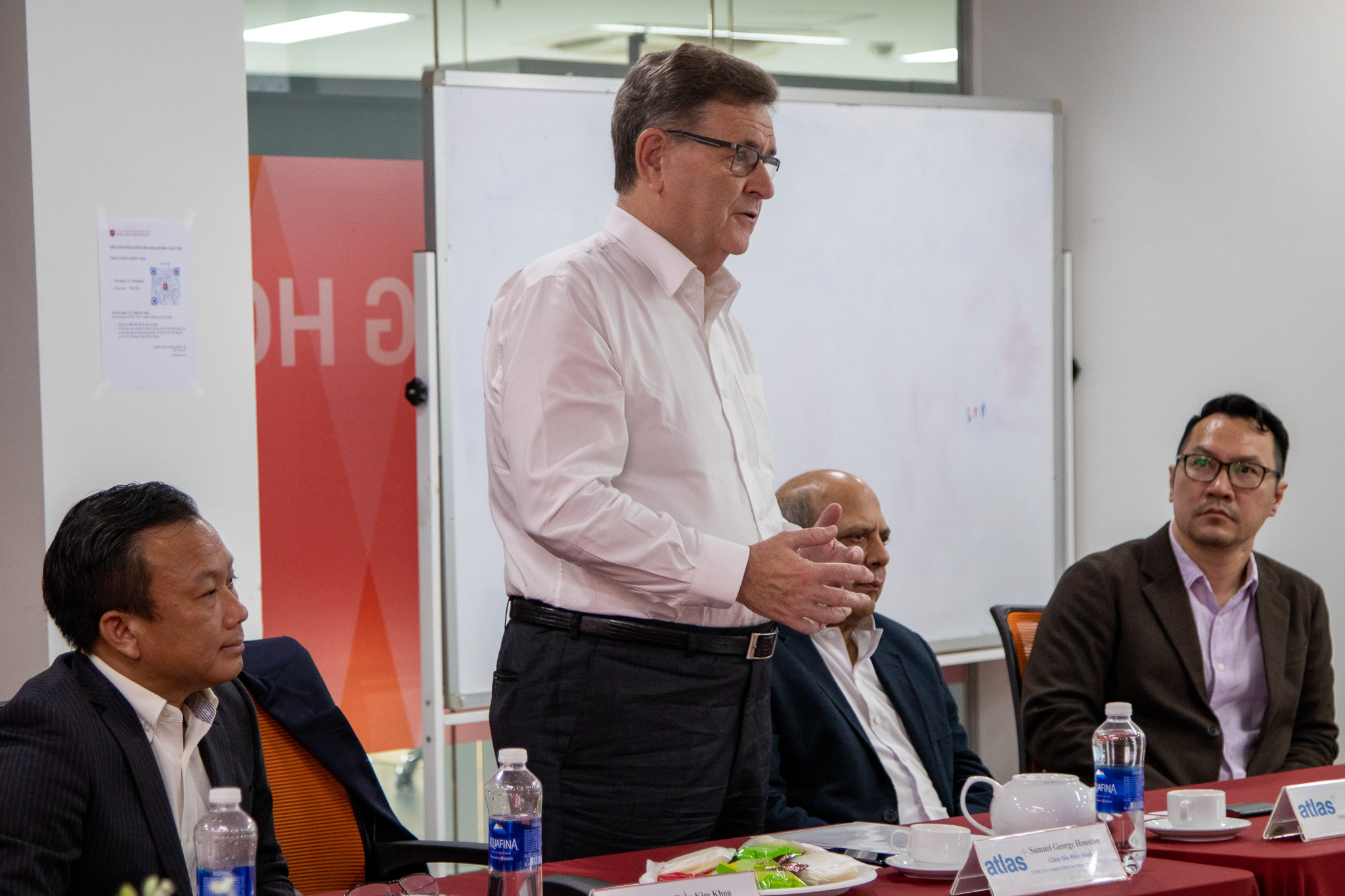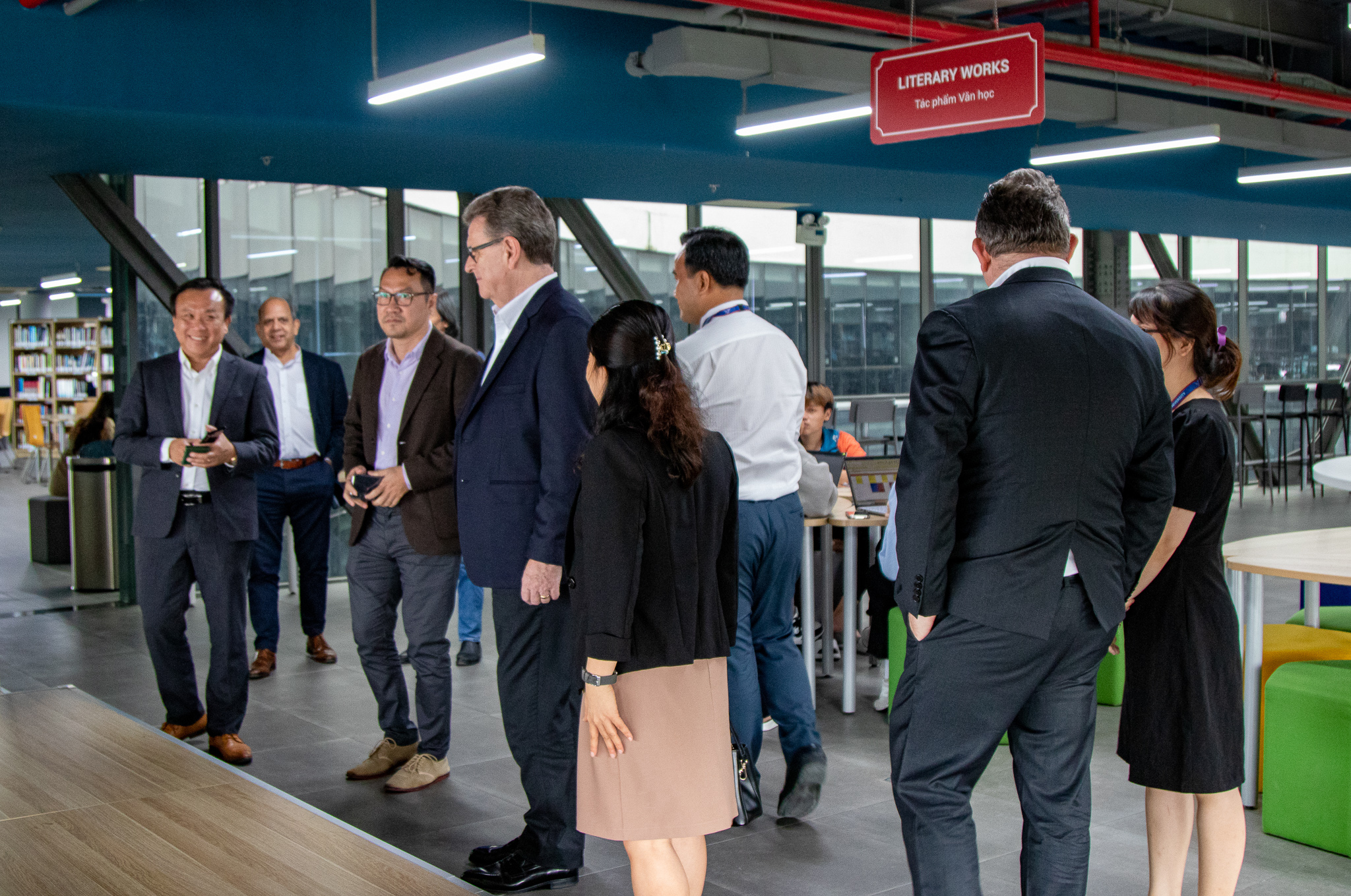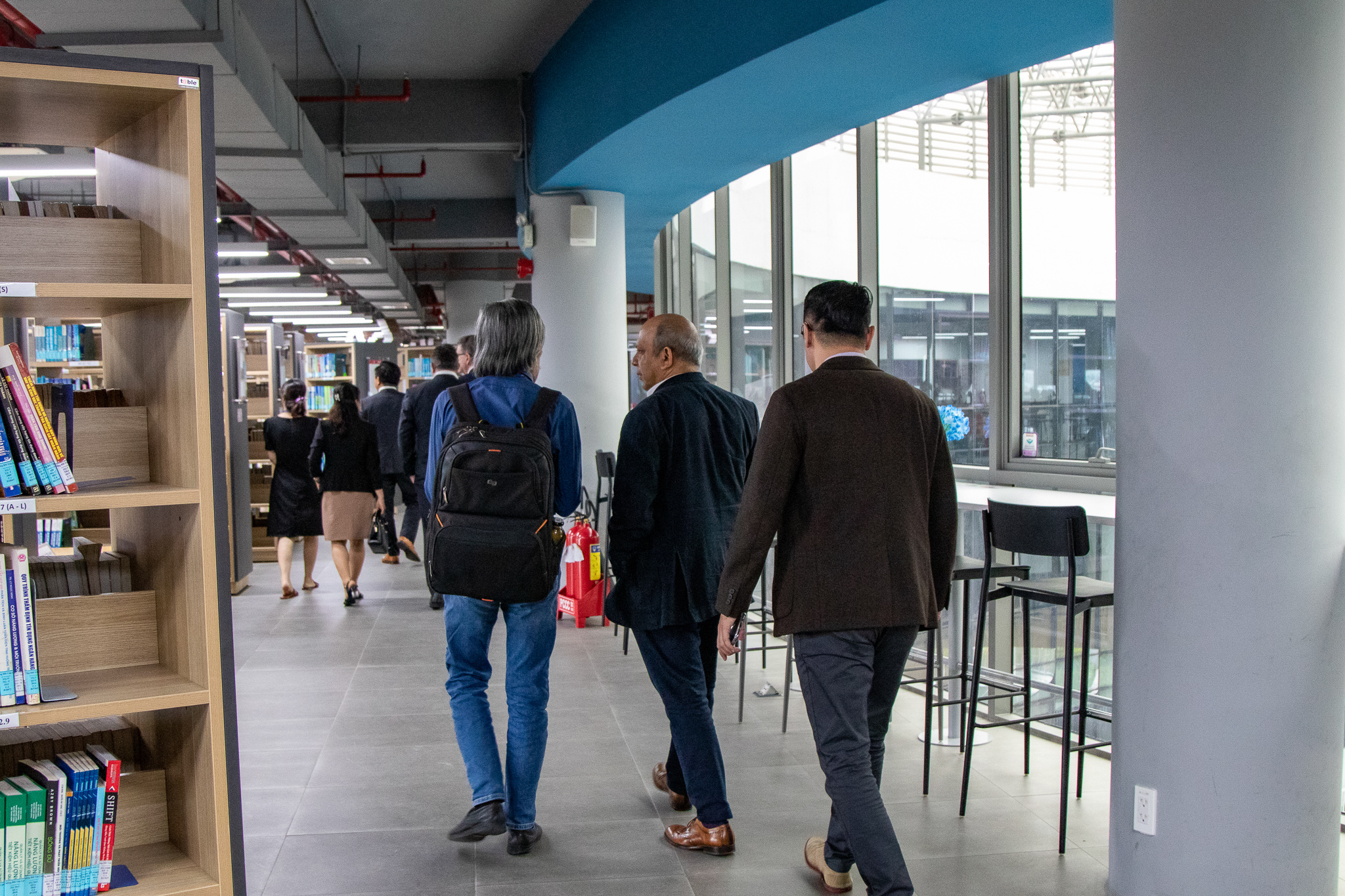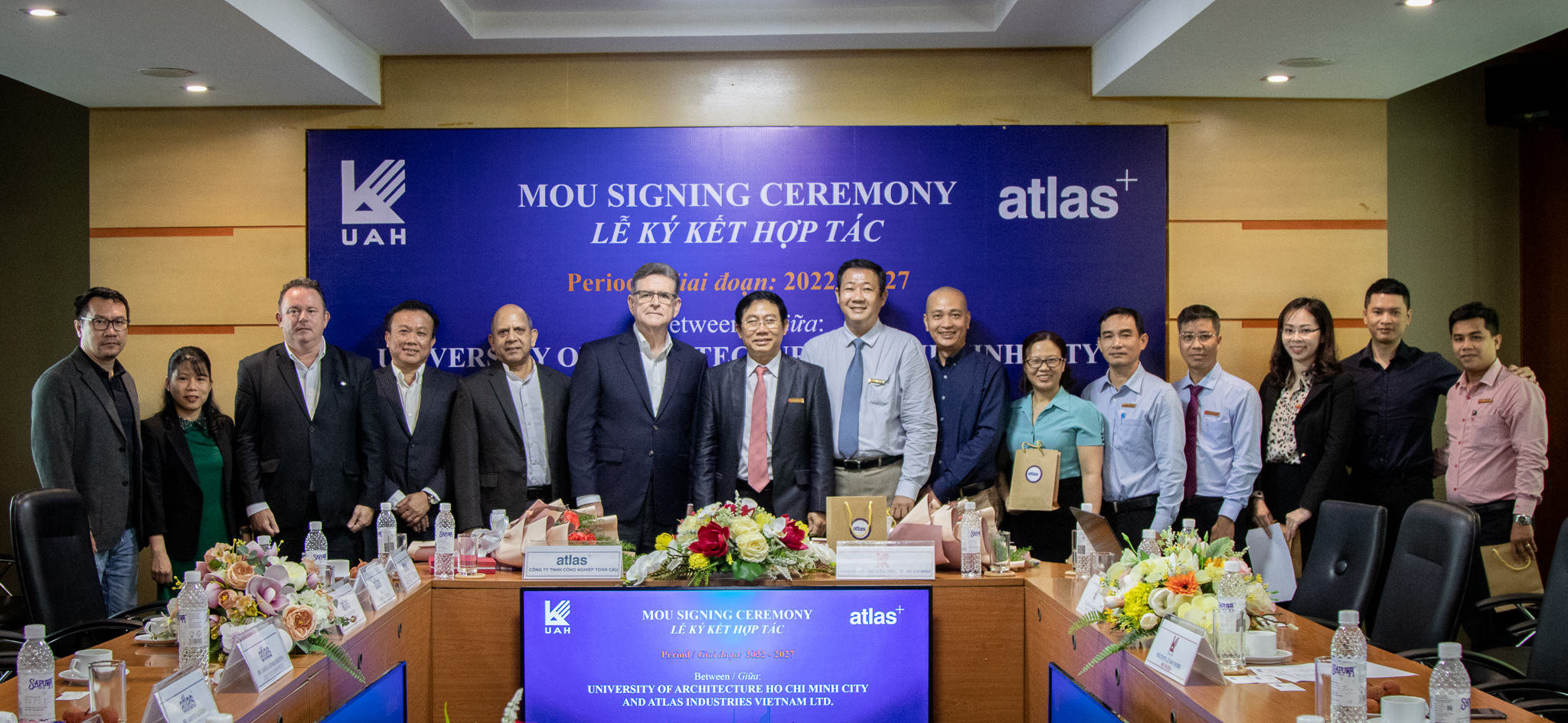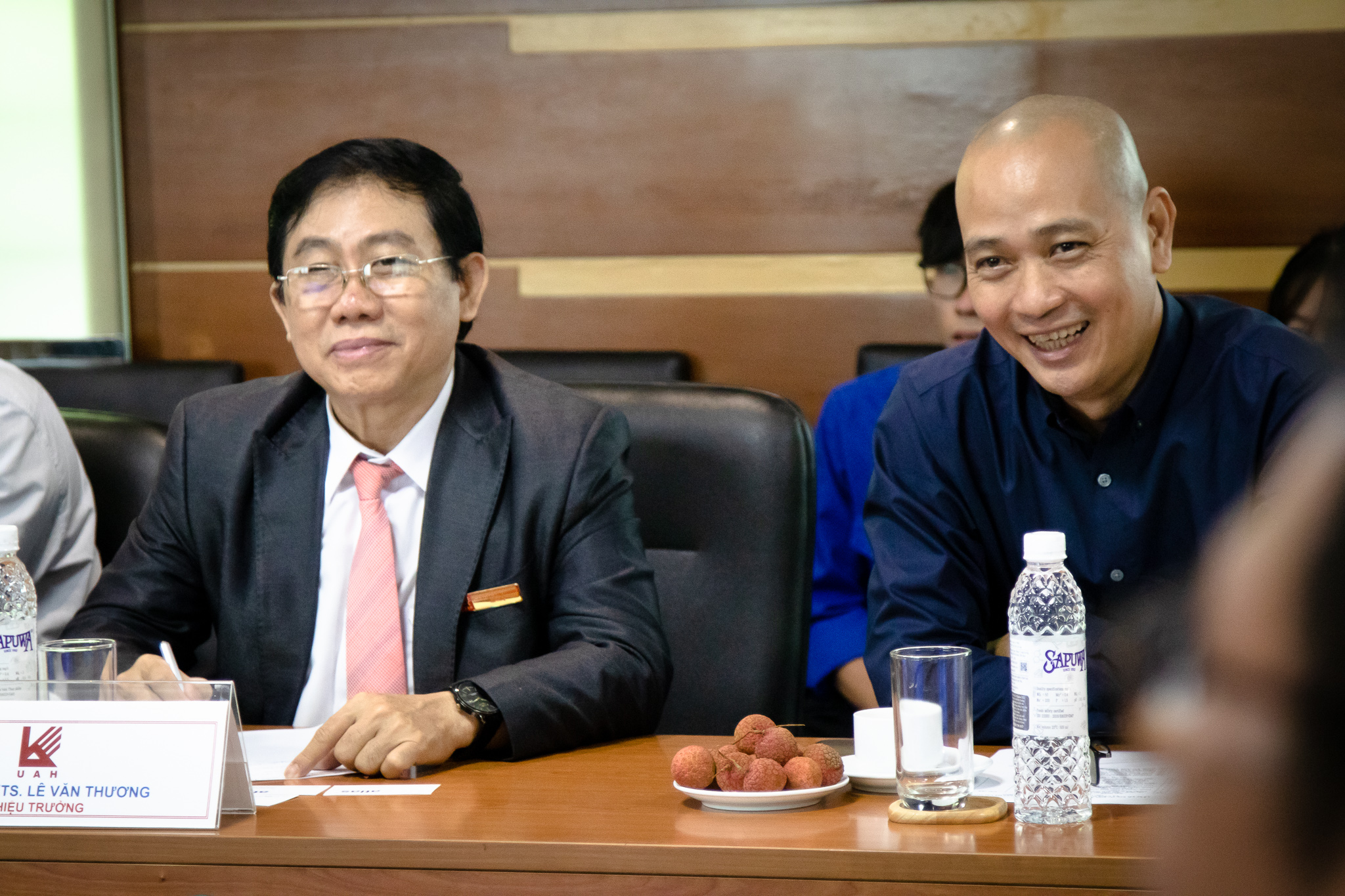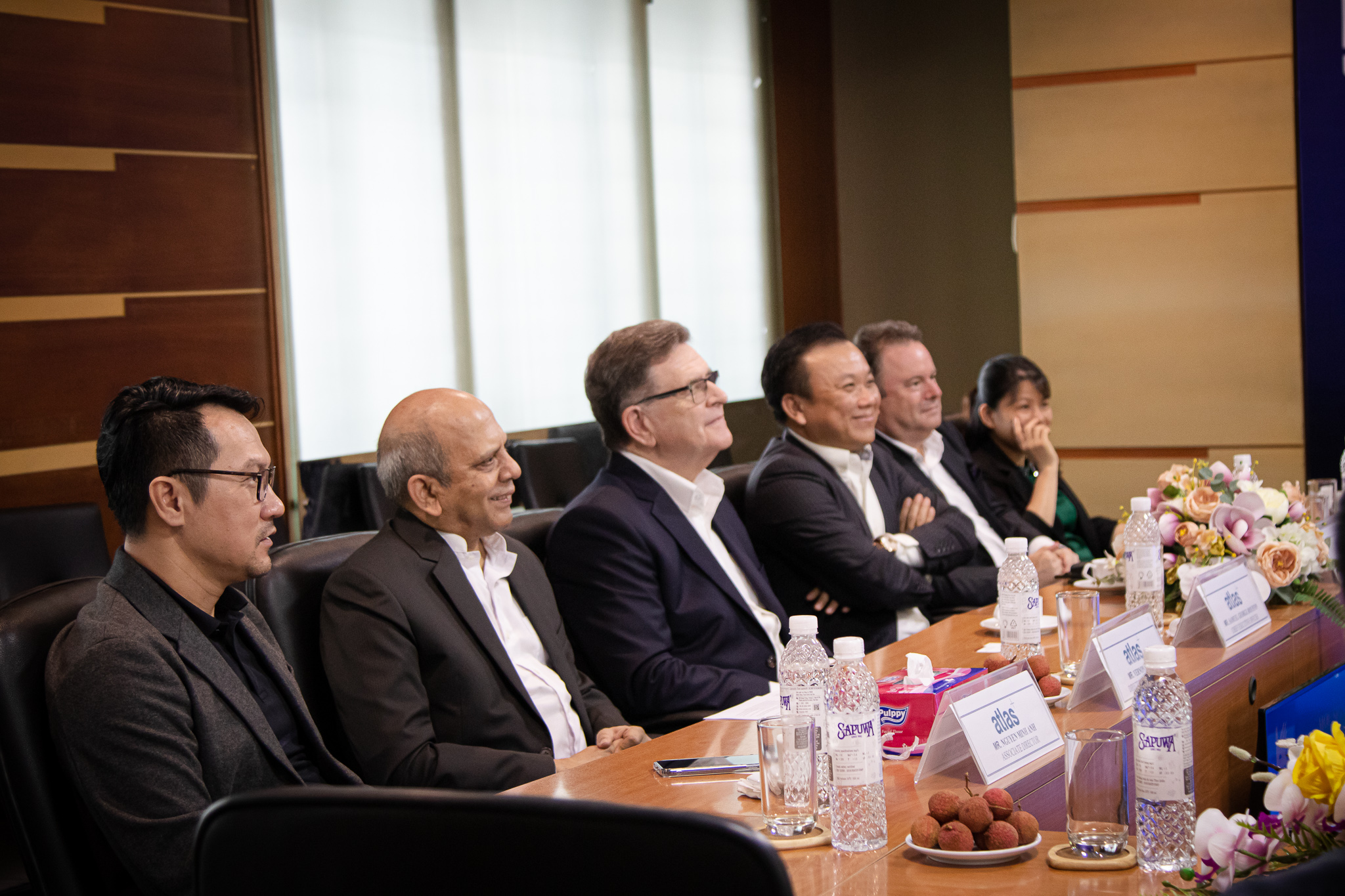5 Minutes With Kim Khoa
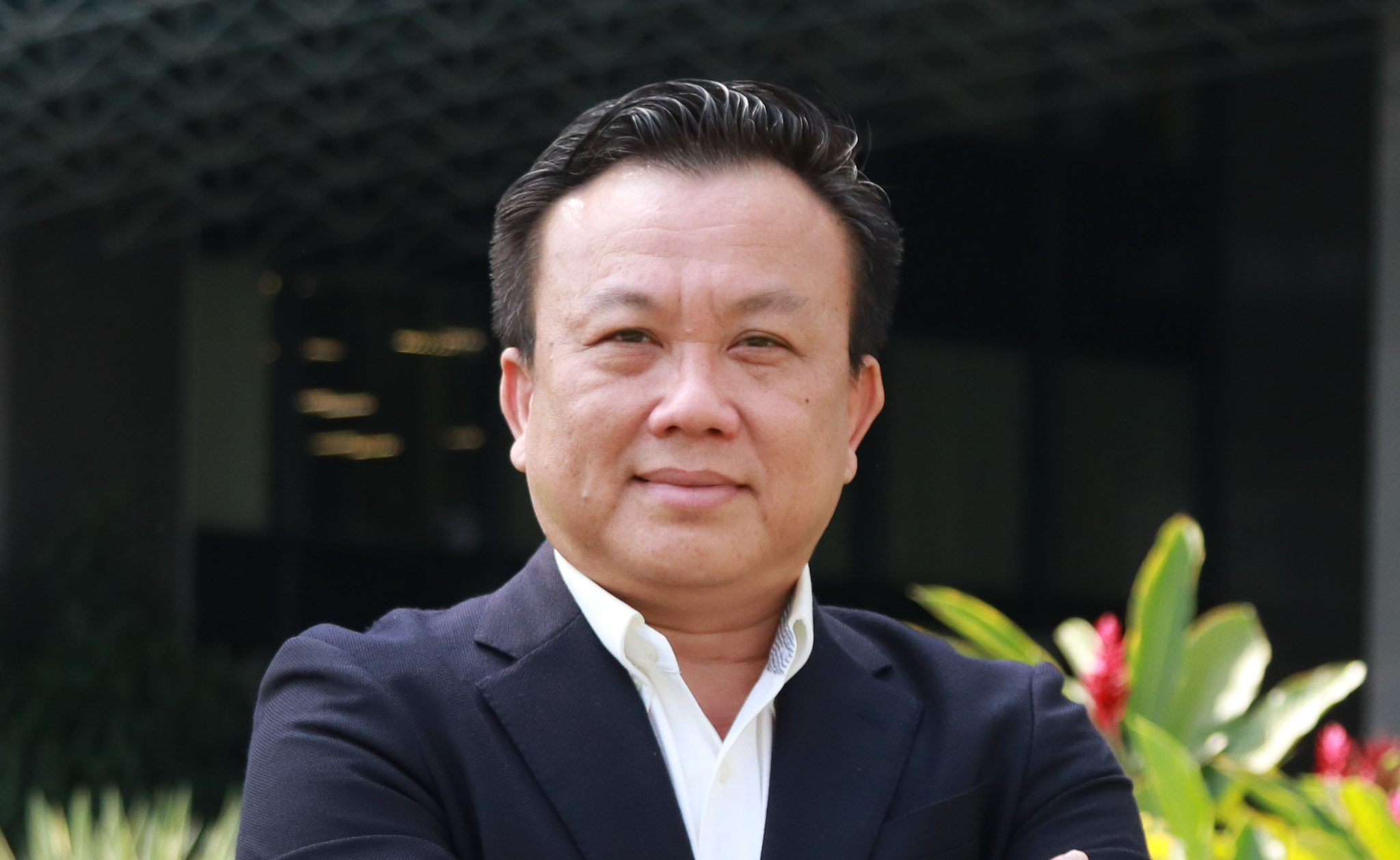
Kim Khoa initially worked at Atlas from 2001 to 2008. Between 2008 and 2012, he studied at Nagoya University in Japan where he earned a Doctorate of Engineering (Civil). Following his Doctorate, Khoa worked in Japan in design consultancy on various large scale international infrastructure projects before re-joining Atlas in 2021 as Director of Engineering. He has more than 20 years of experience focusing on structural design and project management on infrastructure, industrial, residential, and commercial projects.
Hi Khoa, can you tell us what makes you excited about this Industry?
I have been working in the AEC industry for more than 20 years and I can see huge developments over the decades - from handwriting drawings to CAD platform, and now BIM technology. I am excited to be back at Atlas - a leading provider of documentation and project delivery services to AEC professionals in the digital transformation time.
So how do you define the role of a director of engineering?
As Director of Engineering at Atlas, I believe that you need to understand the demands of the industry and what your project teams can provide to clients. What benefits clients get when using our services, skills, and technologies. Moreover, we need to be able to build and develop our staff to make a professional working environment.
Here are the essential main roles of an engineering director:
- Lead the performance and development of staff in the engineering team;
- Have responsibility for the timely and efficient production of engineering services;
- Have responsibility for the estimating and planning functions within the engineering group;
- Be responsible for the general and technical development of staff in the engineering team.
And the last question, what comes to mind when you think of Atlas?
I was one of the first staff to join the Architecture and Engineering teams in the early days of Atlas. My early career at Atlas included the roles of CAD Manager and then Head of Structures from 2001 to 2008. And now, returning to Atlas after a long journey in Japan, I felt like I was coming home where I always saw professional and very friendly colleagues.
Thank you for taking the time to speak with us, Kim Khoa!
